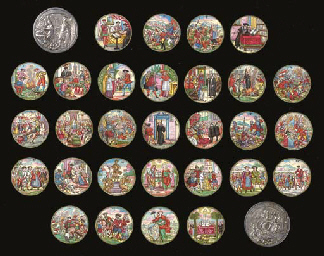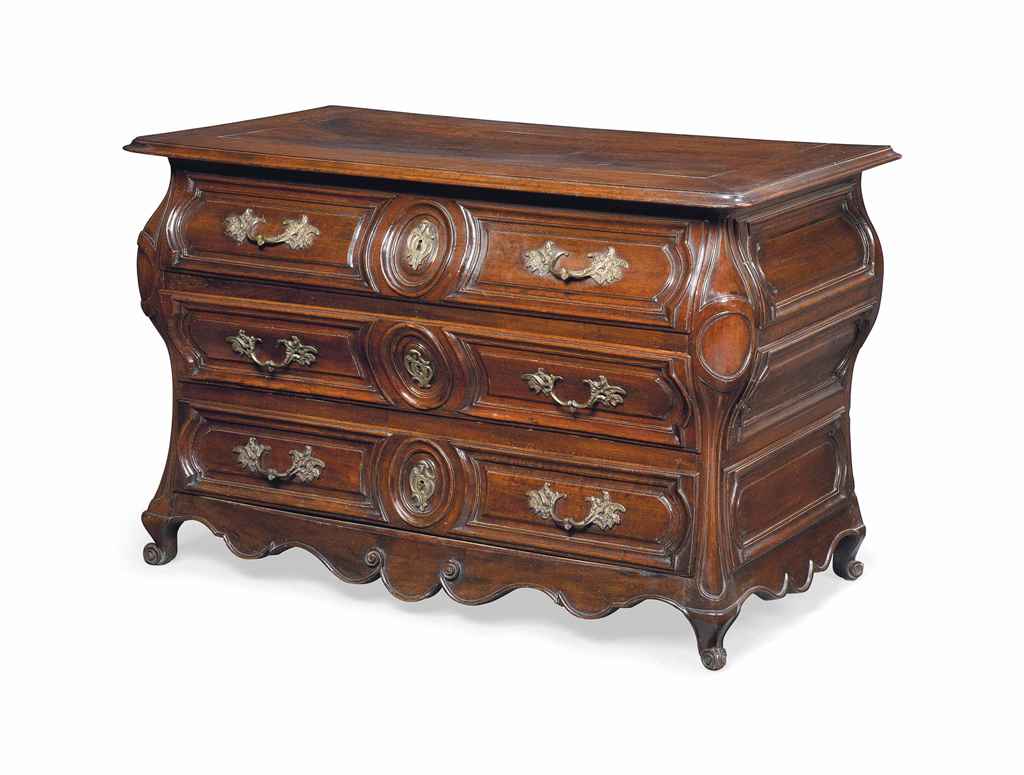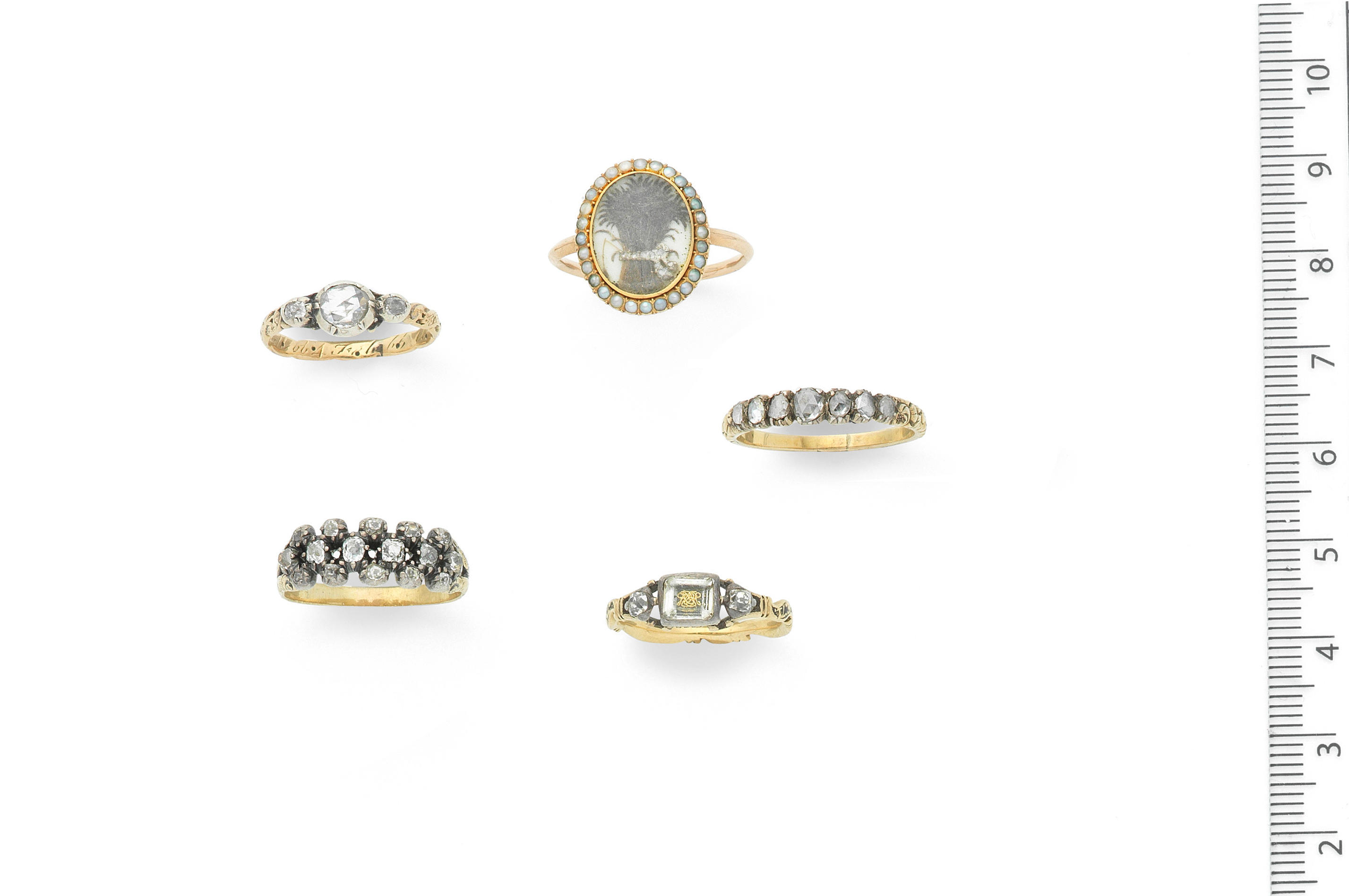A mid-18th century Italian tortoiseshell and gold inlaid piqué snuff boxNeapolitan, circa 1750 Of ribbed shaped rectangular form with hinged lid, the top and sides inlaid with romantic capricci depicting wooded and island landscapes including colonnaded temples and other buildings, the foregrounds with figures fishing and hunting, 5cm high, 6.5cm wide, 4cm deepFootnotesThe technique of piqué work is reputed to have originated in Naples as early as the end of the 16th century and was later refined and developed by the Neapolitan jeweller and silversmith Laurenzini in the mid-17th century. Its popularity soon spread to Northern Europe, although Naples continued to be one of the main centres for this type of work throughout the 18th century. The piqué technique consisted of softening the tortoiseshell in boiling water and olive oil and then impressing the design in mother of pearl or strip of gold or silver while the ground material was still at a high temperature. This process was carried out in the total absence of any glue and therefore required very skilled artisan and is described in Diderot and d'Alembert's Encyclopedie (Piquer de tabatieres, incrusteur et brodeur). The pricking process (piquer) can be differentiated in four different techniques: - piqué point-d'or, by creating minuscule holes subsequently filled with melted gold or silver, forming therefore a design made of several little dots; - piqué coulé, by using the same metals to fill in linear engravings; - piqué incrusté, by using small decorations of mother pearl or gold, previously prepared, into the softened tortoiseshell; - piqué brodé or posé, by combining all the three techniques together. Unfortunately there is scarce information on the names and the activities of the craftsmen (tartarugari) associated with the techniques of piqué work as most of the Neapolitan archives have not survived.
A mid-18th century Italian tortoiseshell and gold inlaid piqué snuff boxNeapolitan, circa 1750 Of ribbed shaped rectangular form with hinged lid, the top and sides inlaid with romantic capricci depicting wooded and island landscapes including colonnaded temples and other buildings, the foregrounds with figures fishing and hunting, 5cm high, 6.5cm wide, 4cm deepFootnotesThe technique of piqué work is reputed to have originated in Naples as early as the end of the 16th century and was later refined and developed by the Neapolitan jeweller and silversmith Laurenzini in the mid-17th century. Its popularity soon spread to Northern Europe, although Naples continued to be one of the main centres for this type of work throughout the 18th century. The piqué technique consisted of softening the tortoiseshell in boiling water and olive oil and then impressing the design in mother of pearl or strip of gold or silver while the ground material was still at a high temperature. This process was carried out in the total absence of any glue and therefore required very skilled artisan and is described in Diderot and d'Alembert's Encyclopedie (Piquer de tabatieres, incrusteur et brodeur). The pricking process (piquer) can be differentiated in four different techniques: - piqué point-d'or, by creating minuscule holes subsequently filled with melted gold or silver, forming therefore a design made of several little dots; - piqué coulé, by using the same metals to fill in linear engravings; - piqué incrusté, by using small decorations of mother pearl or gold, previously prepared, into the softened tortoiseshell; - piqué brodé or posé, by combining all the three techniques together. Unfortunately there is scarce information on the names and the activities of the craftsmen (tartarugari) associated with the techniques of piqué work as most of the Neapolitan archives have not survived.














Testen Sie LotSearch und seine Premium-Features 7 Tage - ohne Kosten!
Lassen Sie sich automatisch über neue Objekte in kommenden Auktionen benachrichtigen.
Suchauftrag anlegen